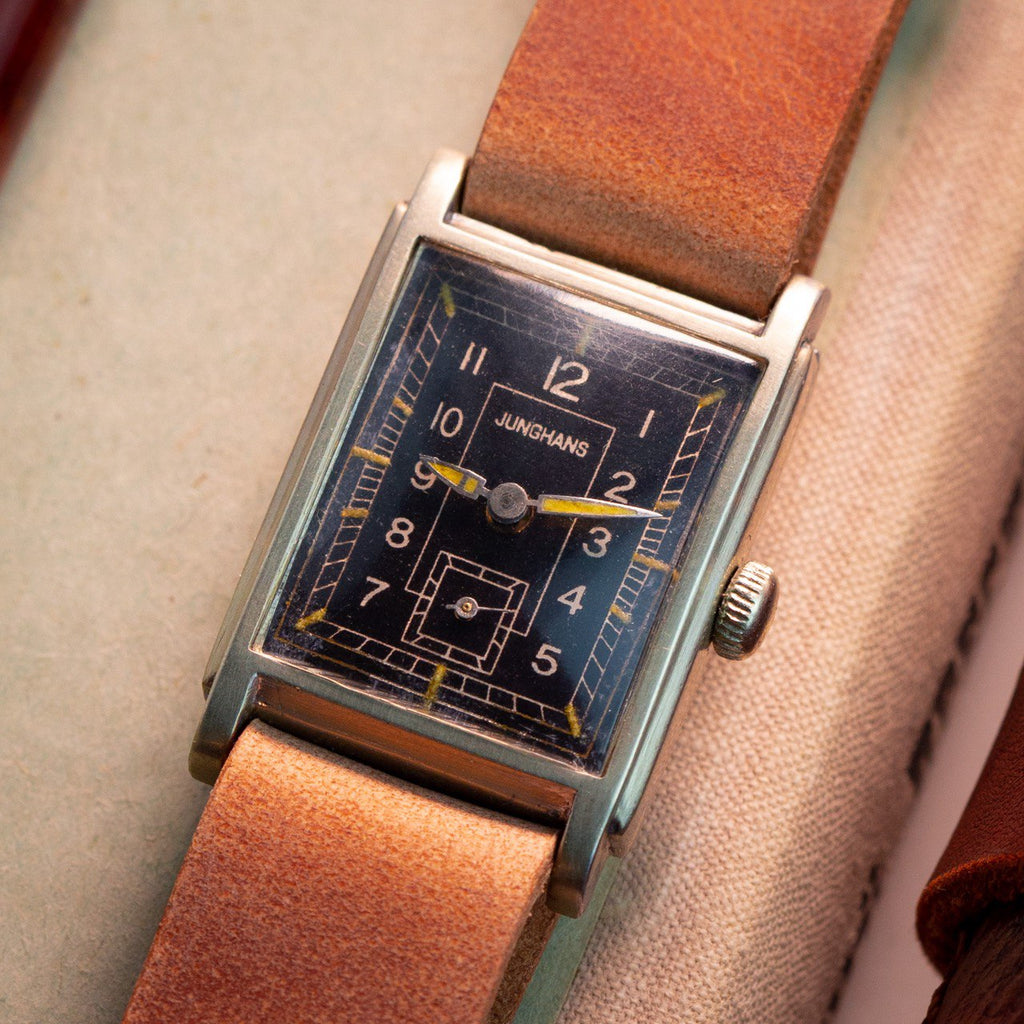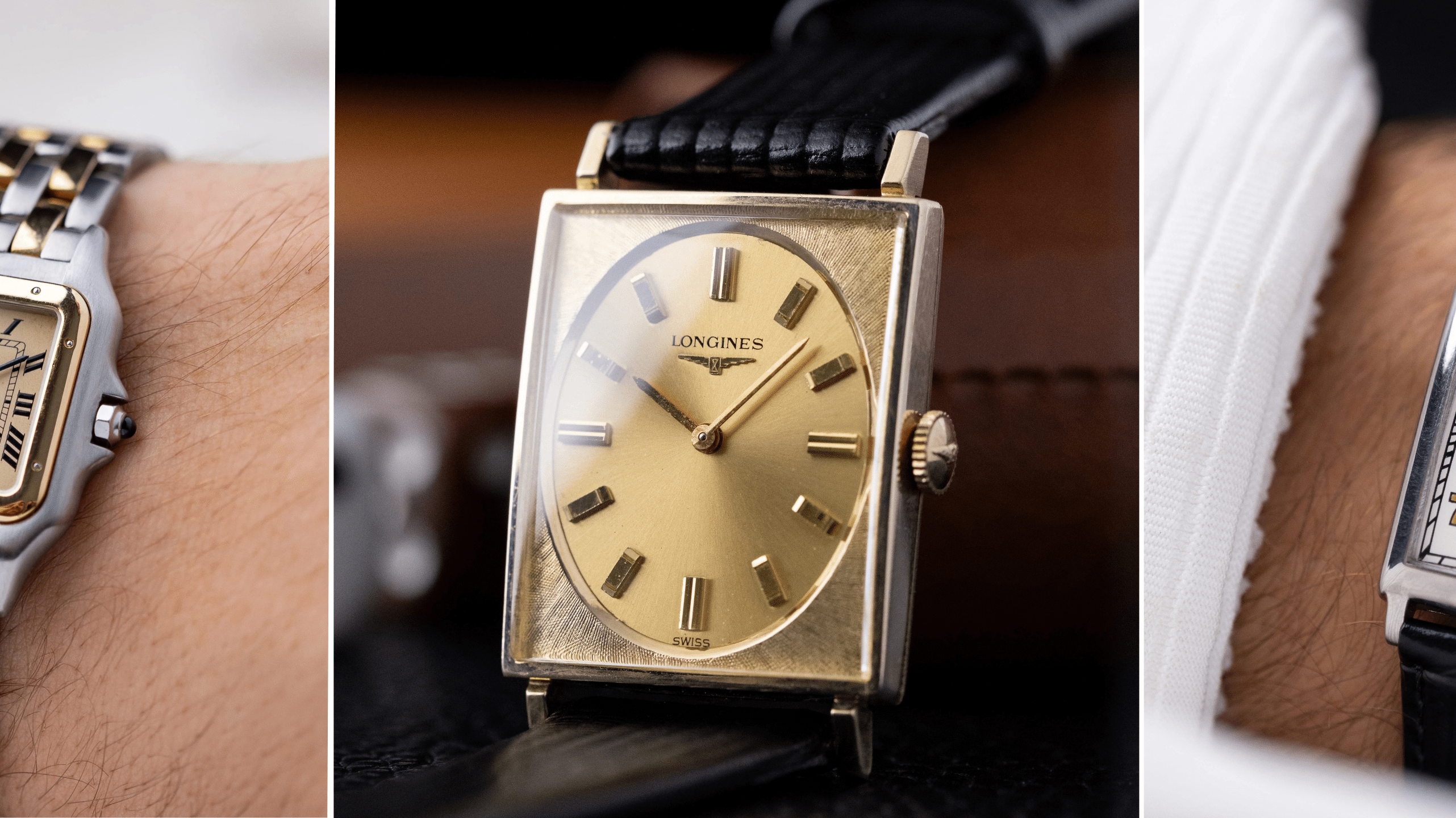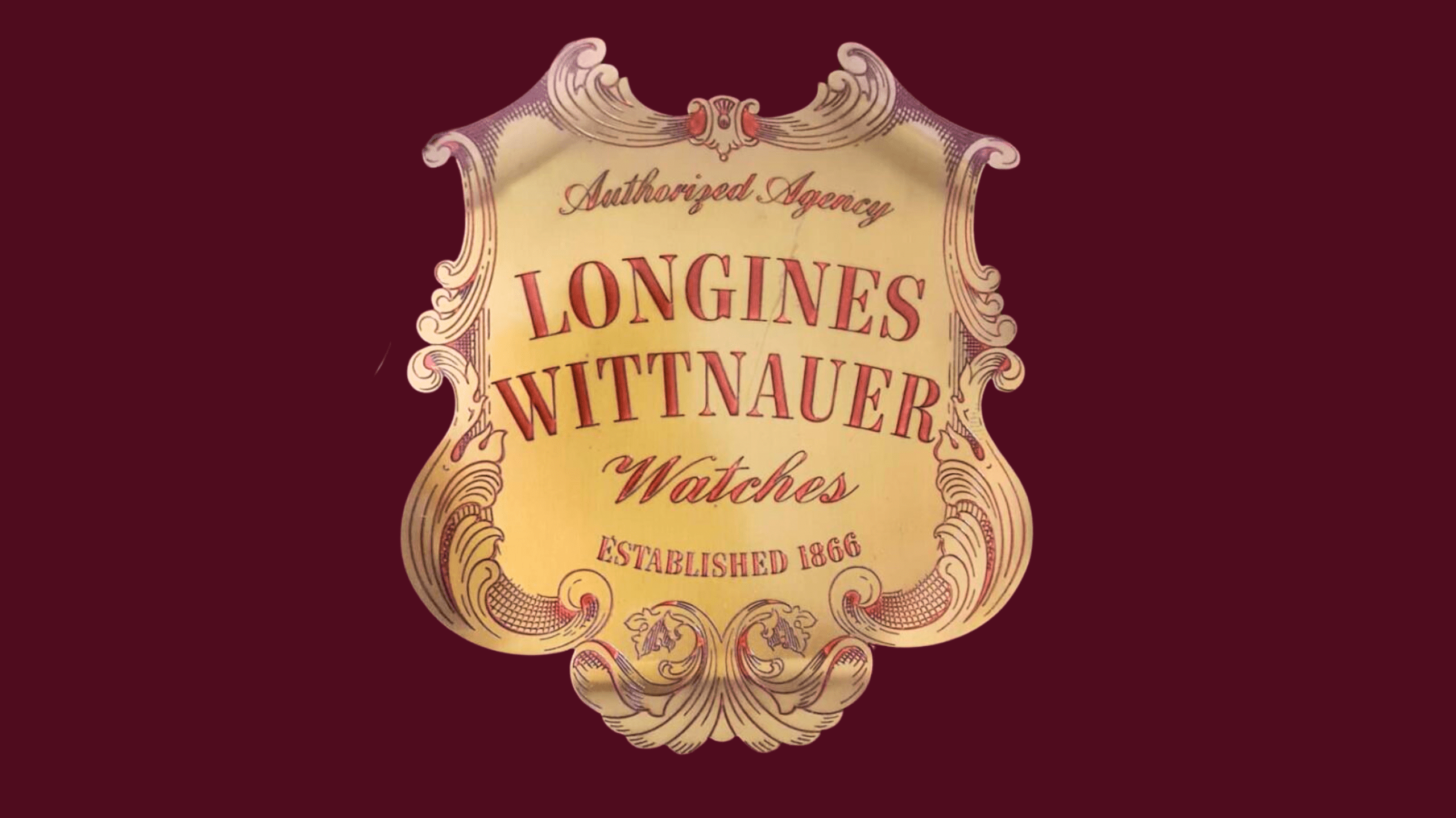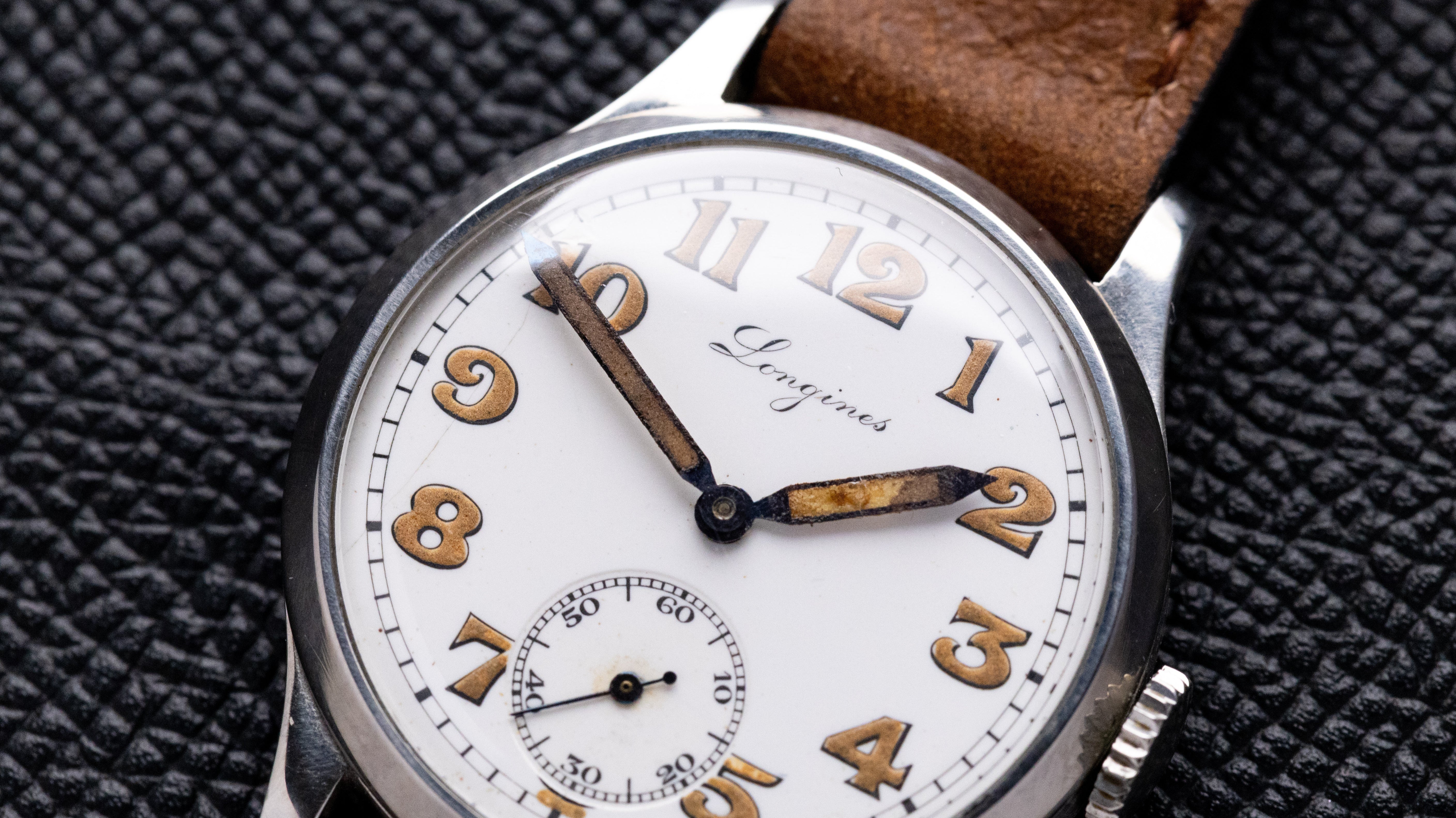The 1920s marked a pivotal era in the history of timekeeping, heralding the dawn of the wristwatch era. Before this transformative decade, pocket watches reigned supreme, serving as the primary method for individuals to keep track of time. However, the convenience and accessibility of wristwatches soon became apparent, leading to a seismic shift in personal timekeeping practices.
Companies such as Rolex and Omega were at the forefront of this revolution, making concerted efforts to educate the public on the advantages of wristwatches over their pocketed predecessors. These efforts were not in vain, as the allure of wristwatches began to captivate the global audience, setting the stage for an evolutionary journey in design, functionality, and fashion.
The 1920s: The Dawn of the Wristwatch Era
The Rise of Wristwatches
The 1920s witnessed a significant cultural and technological shift as wristwatches began to gain popularity over the traditional pocket watch. This period saw pioneering companies like Rolex and Omega lead the charge in transforming wristwatches from a novelty into a mainstream necessity. Rolex, in particular, played a crucial role in this transformation by being among the first to manufacture wristwatches on a significant scale. They embarked on an educational campaign to promote the convenience and superiority of wristwatches, emphasizing their practicality for a fast-paced modern lifestyle. The public's perception began to shift, and the wristwatch emerged as not just a fashion statement but an essential tool for the modern individual.

Design Innovations
One of the most notable innovations of this era was the introduction of square-shaped watches. Rolex was at the forefront, releasing designs that broke away from the traditional round pocket watch aesthetics. These square-shaped wristwatches quickly caught the public's eye, offering a fresh and modern look that resonated with the style sensibilities of the Roaring Twenties. However, not all companies were quick to adapt to this trend. H. Moser & Cie, among others, missed the initial wave of enthusiasm for square designs, underscoring the competitive and rapidly evolving nature of the wristwatch market.
Despite the initial popularity of square watches, Rolex continued to innovate by introducing round watches, a move that further cemented their status as a leading wristwatch manufacturer. This willingness to experiment and adapt to consumer preferences highlighted the dynamic and forward-thinking approach of the industry during this era. Other companies took note, and the wristwatch market began to flourish with a variety of shapes and styles, catering to a growing and diverse clientele.
The 1920s set the stage for the wristwatch to become an integral part of daily life, marking the beginning of a century-long journey of innovation, style, and technological advancement. With the foundation laid in the 1920s, the subsequent decades would see wristwatches undergo further transformation, reflecting the changing times and tastes of society.
The 1930s: Diversification and Luxury
Military Influence and Black Dials
As the 1930s unfolded, the wristwatch industry continued to evolve, with designs increasingly influenced by global events and shifting consumer preferences. A notable trend of this era was the emergence of black dials, inspired by military utility. These watches were not only functional but also stylish, offering a rugged and durable design that appealed to both servicemen and civilians alike. The military-style wristwatch, characterized by its black dial, luminous hands, and robust construction, became a symbol of reliability and precision. This trend underscored the wristwatch's role not just as a timekeeping device but as a tool essential for the demands of modern life, including the challenging environments faced by soldiers.



The Introduction of Gold Watches
The 1930s also saw the wristwatch industry begin to explore more luxurious materials, with gold becoming a popular choice for high-end models. Brands like Lange emerged as key players in this new market segment, crafting exquisite gold watches that combined precision engineering with unparalleled elegance. These gold watches were not merely timekeeping instruments; they were also statements of wealth and status. Lange, with its rich heritage and commitment to quality, played a significant role in popularizing gold watches, setting new standards for luxury in the wristwatch industry.
The introduction of gold watches marked a pivotal moment in wristwatch history, as manufacturers began to cater to a wider range of consumer tastes and preferences. It demonstrated the industry's ability to adapt and innovate, offering products that appealed to both the practical needs and aesthetic desires of consumers. The diversification of designs and materials in the 1930s laid the groundwork for the wristwatch's continued evolution, paving the way for the innovations and trends that would define the mid-20th century.
The 1940s: Widespread Adoption and Size Experimentation
Wristwatches as a Trend
The 1940s represented a watershed decade for wristwatches, as their adoption became widespread among the general populace. This era saw an influx of brands entering the market, recognizing wristwatches as more than a fleeting trend but a permanent fixture in personal accessorizing. The period was characterized by a significant increase in the variety of available designs, catering to an ever-expanding audience with diverse tastes and requirements. Wristwatches of this time remained relatively small in size, reflecting the prevailing fashion and technological limitations of the era. However, this standard was soon to be challenged, as manufacturers began to explore the potential of different sizes and styles.



Omega's Size Experimentation
A pioneering force in this new direction was Omega, a brand already renowned for its quality and innovation. In the latter half of the 1940s, Omega began experimenting with the size of wristwatch cases, a bold move that set it apart from its competitors. This experimentation was not merely a stylistic choice but a reflection of Omega's foresight in anticipating future trends. The brand introduced larger-sized watches alongside their traditional offerings, catering to a growing demand for more prominent, eye-catching timepieces. Omega's willingness to test and embrace larger sizes prefigured the gradual shift towards bigger watches in the decades to come.

This period of size experimentation by Omega and others marked the beginning of a new era in wristwatch design, where the size of the case became a critical element of style and functionality. Omega's pioneering efforts in this area demonstrated the brand's leadership and innovation in the watchmaking industry. It highlighted a key moment in wristwatch history, where the embrace of larger sizes anticipated a future where wristwatches would continue to evolve in response to changing consumer preferences and fashion trends.


The 1950s: A Bright Future Without War
Shift in Popular Aesthetics
The 1950s ushered in a new era of optimism and renewal following the end of World War II. This optimistic outlook was reflected in the design and aesthetics of wristwatches, which began to move away from the utilitarian, military-inspired styles of the previous decades. Watches with light, bright dials became increasingly popular, symbolizing a collective desire for peace and a brighter future. These timepieces were often characterized by their soft, inviting colors and elegant designs, offering a stark contrast to the dark dials and rugged appearance of wartime watches. This shift in popular aesthetics was not just a matter of fashion but represented a deeper cultural transition towards hope and positivity in the post-war world.


Increasing Case Sizes
The 1950s also witnessed a continued trend towards larger case sizes in wristwatches, a movement that had begun to gain momentum in the previous decade. This trend was driven by both aesthetic preferences and practical considerations, as larger dials allowed for easier reading and more space for design innovations. The increase in case size also reflected a growing interest in wristwatches as statements of personal style and status, beyond their functional role as timekeepers. Brands across the industry responded to this demand by offering a wider range of sizes, including models that emphasized their presence on the wrist with bold, distinctive designs.
This period of expansion in both style and size marked a significant evolution in the wristwatch industry. The 1950s set the stage for the diverse array of wristwatch styles and sizes available today, demonstrating the industry's ability to adapt to changing consumer tastes and cultural shifts. Watches from this era instilled in people the belief in a bright future without war, a sentiment that was keenly reflected in the design and marketing of timepieces during this optimistic decade.

The 1960s: Innovation, Variety, and the Return of Classic Styles
The 1960s marked a period of vibrant innovation and diversification in the wristwatch industry. This decade was characterized by an explosion of variety in shapes, colors, and functionalities, reflecting the broader cultural shifts and technological advancements of the era. Watches were no longer mere timekeeping devices but had become fashion statements and symbols of technological prowess.

Embracing Complexity and Functionality
During the 1960s, there was a significant increase in the popularity of watches with complex functions. Chronographs, watches with both regular and lunar calendars, alarm functions, and diving watches became highly sought after. This surge in demand for multifunctional watches indicated a shift in consumer expectations; individuals were no longer content with simplicity and sought timepieces that offered a blend of sophistication, utility, and style. Diving watches, in particular, gained prominence, reflecting the decade's growing fascination with exploration and adventure, both above and below the sea.

The Evolution of Design Aesthetics
The design aesthetics of wristwatches in the 1960s underwent a notable transformation. Many manufacturers moved away from the square case shapes that had been popular in previous decades, experimenting instead with a variety of forms to captivate a market eager for innovation. Circular, oval, and even asymmetrical designs proliferated, offering consumers an unprecedented range of choices that catered to every taste and preference.


However, the abandonment of square cases was not an enduring trend. In a fascinating twist of fashion's cyclical nature, square-shaped watches have made a triumphant return in recent years. Today, these timepieces are back in vogue, coveted for their classic elegance and unique charm. The resurgence of square watches illustrates the dynamic interplay between past and present styles, highlighting the enduring appeal of vintage aesthetics in modern watchmaking.

Conclusion
Over the course of three decades, from the 1920s to the 1960s, the wristwatch has undergone a remarkable evolution, marking its transition from a novel invention to a ubiquitous accessory integral to daily life. Beginning as a practical solution to the limitations of pocket watches, wristwatches quickly became symbols of innovation and style, reflecting the dynamic shifts in society's technological advancements, fashion trends, and cultural attitudes.
The 1920s laid the foundation for this evolution, with companies like Rolex and Omega pioneering the wristwatch market and introducing design innovations that captured the public's imagination. The subsequent decades saw wristwatches diversify into luxury items and military essentials, showcasing the versatility and adaptability of these timepieces to different needs and preferences. The 1940s and 1950s, in particular, were characterized by significant experimentation with size and aesthetics, responding to a post-war world eager for change and optimism.
This journey through wristwatch history highlights not just the technical and design innovations that have defined the industry but also the broader societal trends that have shaped consumer preferences. Wristwatches have become more than just timekeeping devices; they are expressions of individual style, markers of social status, and, at times, symbols of hope and progress.
As we continue to navigate the 21st century, the legacy of these transformative decades remains evident in the ongoing popularity and evolution of wristwatches. They serve as a reminder of humanity's relentless pursuit of innovation and beauty, capturing the spirit of their times while simultaneously looking forward to the future. The story of the wristwatch, from the 1920s to the 1960s and beyond, is a testament to the enduring fascination with time and how we choose to measure it.








